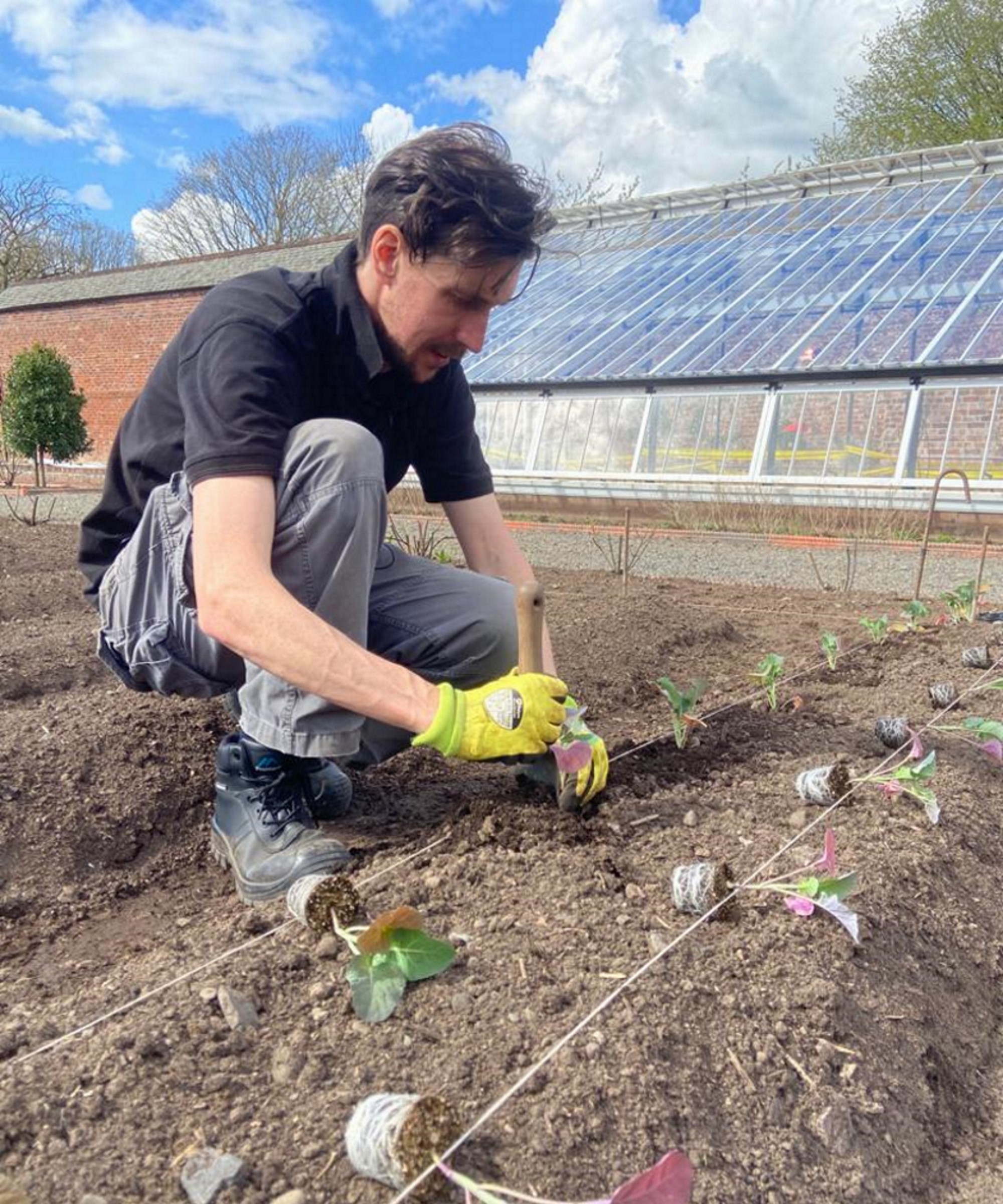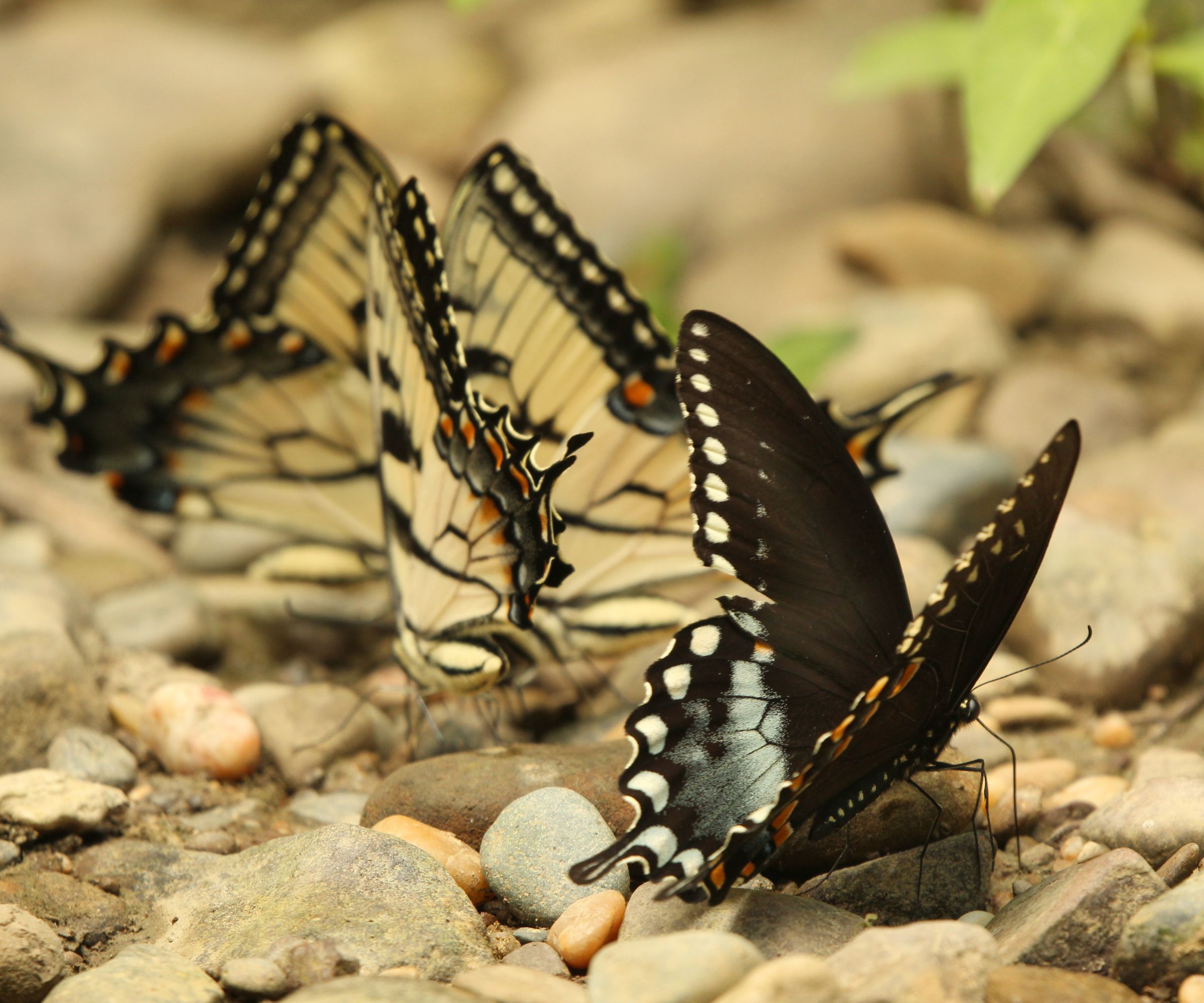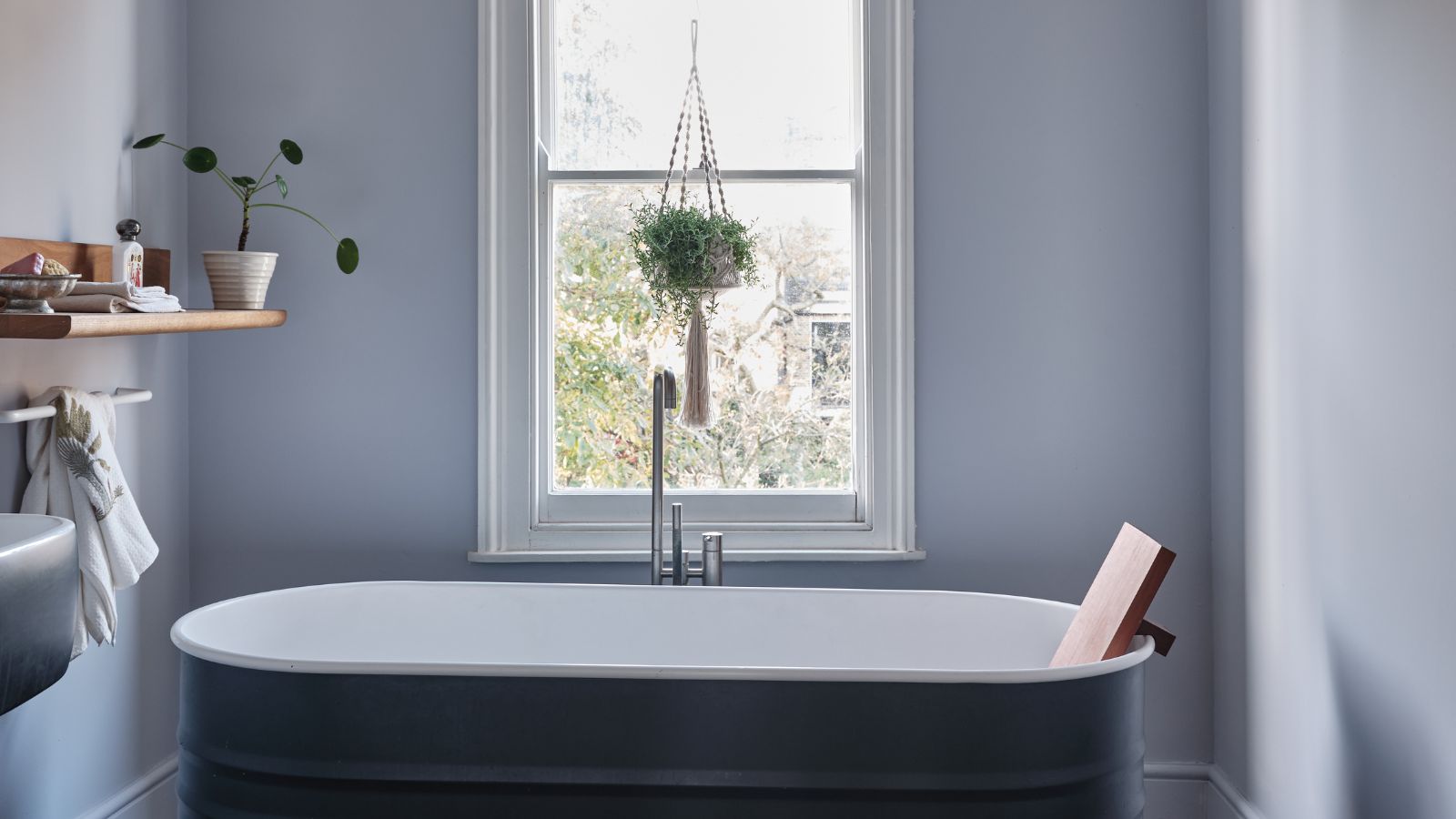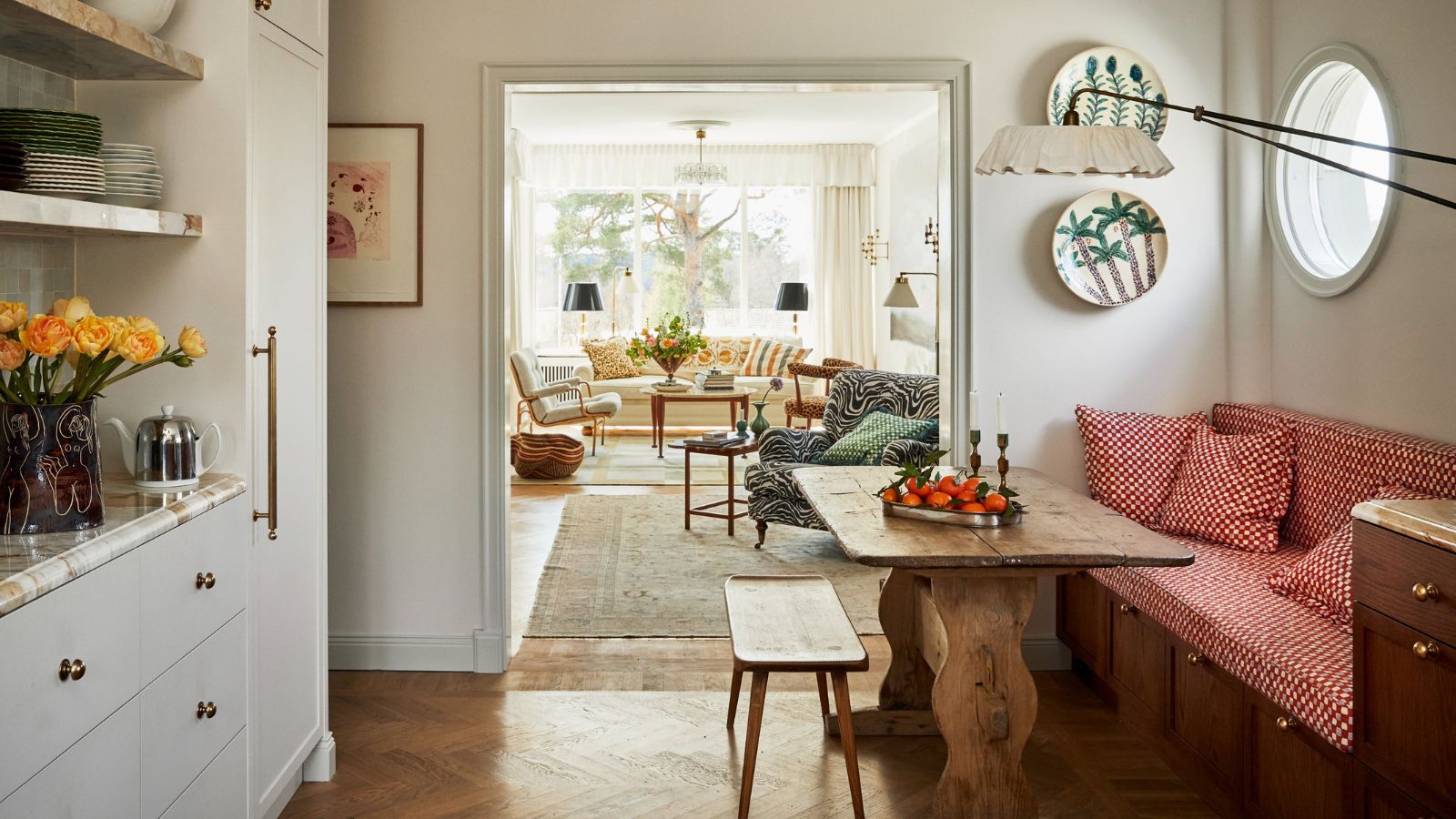Butterfly puddlers – everything you need to know about watering stations that help pollinators thrive
Our expert guide to butterfly puddlers will help you create a safe water and nutrients' source attracting and keep pollinators in your garden


Butterfly puddlers are a great way to provide these beauties with an invaluable source of water and nutrients during the heat of summer, and are also a great help for them all year round.
Puddlers can also be a great way to attract butterflies into your yard and to your flowers, encouraging pollination. And who doesn't want a yard full of butterflies?
Gardening expert Drew Swainston says, 'A watering station for pollinators such as butterflies is a fantastic addition to a garden as they are not only beautiful insects, but can help ensure plenty of blooms in your backyard.'
The founder of The Plant Bible and gardening expert, Zahid Adnan adds, 'Creating butterfly watering stations in your garden can help attract a variety of butterfly species, contributing to biodiversity and conservation efforts.'

Drew qualified as a journalist before studying for a horticulture qualification, after which he worked as a professional gardener for several years, specializing in kitchen gardening. He's now bringing his expertise and passion to Homes & Gardens as a member of our team.

Zahid Adnan is the Founder and Editor of The Plant Bible , as well as managing a plot of 10-hectare agricultural land. He is also involved in a project to develop sustainable urban farming practices by utilizing farming technologies to increase food production and reduce environmental impacts.
What is a butterfly puddler?

This is a station, or simply a dish, filled with rocks for butterflies to perch on and sand or dirt that is kept moist so that butterflies can drink and absorb some much-needed nutrients.
Why do butterflies go puddling?
Gardening expert and founder of The Plant Bible Zahid Adnan continues, 'Butterflies need water for survival and to maintain their bodily functions. Puddling stations provide them with a convenient water source, especially during hot and dry periods. Butterflies also require essential minerals and salts that are found in soil and water. Puddling stations allow them to extract these nutrients, which are vital for their reproductive processes and overall health.'
Male butterflies in particular 'puddle' which the process by which butterflies drink from mud, sand, dung or water. This provides butterflies with the nutrients they need for reproduction, which is something that nectar lacks.
Amateur Gardening’s editor Garry Coward-Williams says: 'We all know that butterflies get their nutrition from nectar, but what many do not know is that their diet is supplemented by sipping moisture from puddles of muddy water. The puddle water provides the extra salt and minerals needed by the male. This is then transported to the female during mating and improves the viability of her eggs. So by creating a butterfly puddle you can help these gorgeous creatures to survive and bring the joy of seeing even more butterflies in your garden.'

Gary Coward-Williams is the editor of Amateur gardening which was founded in 1884, and is one of the oldest gardening periodicals in the world.
How to make a butterfly puddler

Butterfly watering stations are often made in a shallow terracotta saucer, but any shallow container around 12 to 18in across should work just as well. You can make use of different garden features, such as bird baths, plant pots, or you can buy butterfly puddlers from Amazon and from Etsy.
Next, fill the container you are using with sand or dirt. Sand contains salts and other nutrients that are beneficial for the butterflies. You can even add compost or manure for extra minerals and electrolytes that butterflies love.
Add some resting spots for the butterflies such a rocks or pebbles.
Drew Swainston advises, 'Butterflies cannot land on water so they need somewhere to perch to replenish their thirst.'
Make sure the sand or dirt is moist or wet.
Once the water evaporates the sand, which is laden with salt, it becomes the perfect spot to attract butterflies looking to puddle, but make sure the sand or dirt is consistently moist or wet so the butterflies can also drink.
Where to put a butterfly puddler

We recommend putting the butterfly watering station in a protected area near your flowers or the best plants for butterflies.
Drew Swainston suggests placing 'the watering station close to flowers they can get nectar.'
Zahid Adnan adds, 'To create an inviting environment, surround the watering station with nectar-rich flowers and host plants that caterpillars can feed on.'
Zahid Adnan also advises: 'Choose a sunny spot. Butterflies are ectothermic creatures and need sunlight to warm up their bodies. Select a location that receives ample sunlight throughout the day.'
If you are planning on making a bee watering station, these can double up or go side-by-side and are wonderful additions to wildlife gardens.
Where to buy butterfly puddlers
You can buy butterfly puddlers from Amazon and from Etsy.
FAQs
Should I feed butterflies sugar water?
Hummingbird food can also serve as butterfly food: they will both help themselves to a syrup made of 1 part sugar to 4 parts water; you can buy butterfly feeders on Amazon; you can also buy hummingbird feeders on Amazon.
Creating a safe space for butterflies in your garden through creating a butterfly puddler will provide them with a helping hand in the heat of summer. As gardeners, it's important we help pollinators to thrive, and with these easy steps you can create a butterfly watering station that itself can lead to a butterfly effect. Inviting butterflies into your gardens and towards the best plants for pollinators by providing them with water and the nutrients they needed to reproduce and pollinate our gardens benefits the butterfly population as well as our own gardens.
Sign up to the Homes & Gardens newsletter
Design expertise in your inbox – from inspiring decorating ideas and beautiful celebrity homes to practical gardening advice and shopping round-ups.

Lola Houlton is a news writer for Homes & Gardens. She has been writing content for Future PLC for the past six years, in particular Homes & Gardens, Real Homes and GardeningEtc. She writes on a broad range of subjects, including practical household advice, recipe articles, and product reviews, working closely with experts in their fields to cover everything from heating to home organization through to house plants. Lola is a graduate, who completed her degree in Psychology at the University of Sussex. She has also spent some time working at the BBC.
-
 Bathroom colors going out of style in 2025 – and the designer-approved shades to decorate with instead
Bathroom colors going out of style in 2025 – and the designer-approved shades to decorate with insteadThese are the colors to swerve in your bathroom decor if you want to create a stylish and design-led space, according to experts
By Emily Moorman
-
 I swear by the ‘ETC’ method to prevent clutter and save money – my expert-backed checklist is transformative
I swear by the ‘ETC’ method to prevent clutter and save money – my expert-backed checklist is transformativeNow I Edit The Cart and save time, money, and energy
By Chiana Dickson